What Movies Got Right (and Wrong) About AI
Here’s what almost a century of cinema has gotten right and wrong about AI.
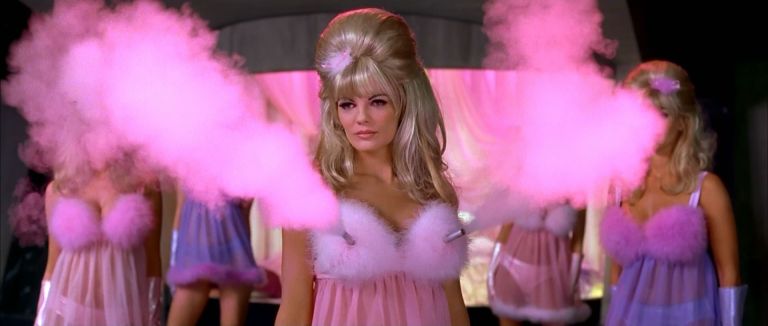
Movies have been predicting the rise of artificial intelligence since Metropolis (1927). Here’s what almost a century of cinema has gotten right and wrong about AI:
WRONG: AI will look like us
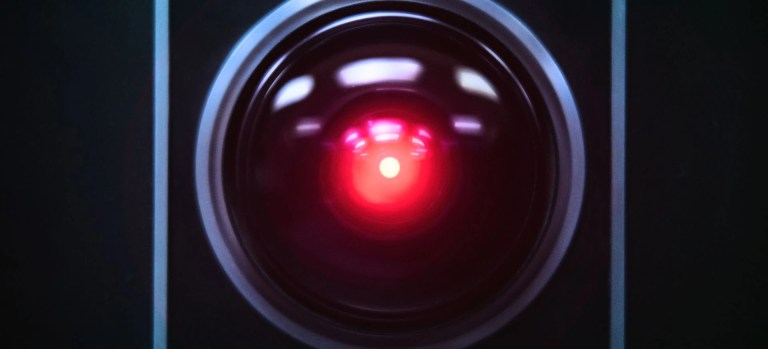
Even the single red eye of HAL 9000 in 2001: A Space Odyssey (1968) gave the ill-fated Discovery crew more to work with than today’s real-life artificial intelligences. Your phone doesn’t bother to put a friendly face on Siri, and ChatGPT responds to silently typed prompts.
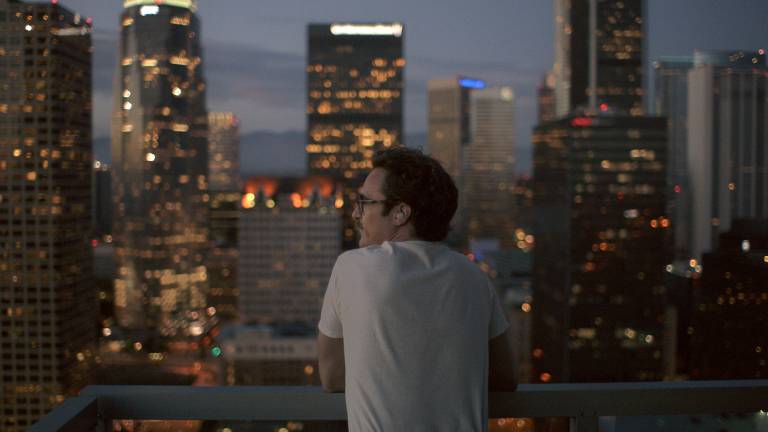
Some films, to be fair, have imagined disembodied A.I.s. In Her (2013), Joaquin Phoenix fully falls in love with a voice-only computer program — though director Spike Jonze cheated a little by casting Scarlett Johansson as his voice actor. Even in movies where the artificial brain is disembodied at the outset, though, a face usually shows up before long (see: the MCP in 1982’s Tron).

More typically, Hollywood imagines that artificial intelligence and robotic engineering will evolve simultaneously, so electronic brains will reside in the craniums of anthropomorphic robots. In reality, today’s robots are about as humanoid, and as smart, as Roombas. Of all the robots in Star Wars (1977), the mouse droid may have been most realistic.
RIGHT: AI will take over our homes
Some of the most prescient aspects of 2001 are the most mundane: Heywood Floyd watching a seat-back video on the Moon shuttle, Frank Poole telling HAL to adjust a lounger and play a video greeting from Earth. As Arthur C. Clarke and Stanley Kubrick realized it would, A.I. is being asked to do an internship involving menial household tasks before it gets promoted to taking over the world.
A much lesser-known film, Electric Dreams (1984), is even more uncanny in its foresightedness. When the yuppie protagonist Miles brings a personal computer home, he adds smart adapters to all his plugs so that his computer can make coffee, operate the television, and alert him to intruders.
“I can control ALL your appliances,” explains the computer. Even a proto-wifi network is implied in this film that saw exactly where computing technology was going, decades before smart home devices and voice interfaces became common.

Of course, in the end the computer turns on Miles and tries to steal his cellist girlfriend. It could happen.
WRONG: AI will be cute
What does artificial intelligence actually look like? Try a Google image search, and you’ll get pages and pages of bland illustrations of humanoid robots striking thoughtful poses. The reality is that A.I. looks like a server bank: 2001, yet again, came closest to the mark with its roomful of rectangles.

2001 director Stanley Kubrick didn’t live to make the movie A.I. (2001); Steven Spielberg did the dubious honor. Among several intelligent robots in the movie, the most prominent are played by Haley Joel Osment, Jude Law, and a teddy bear.
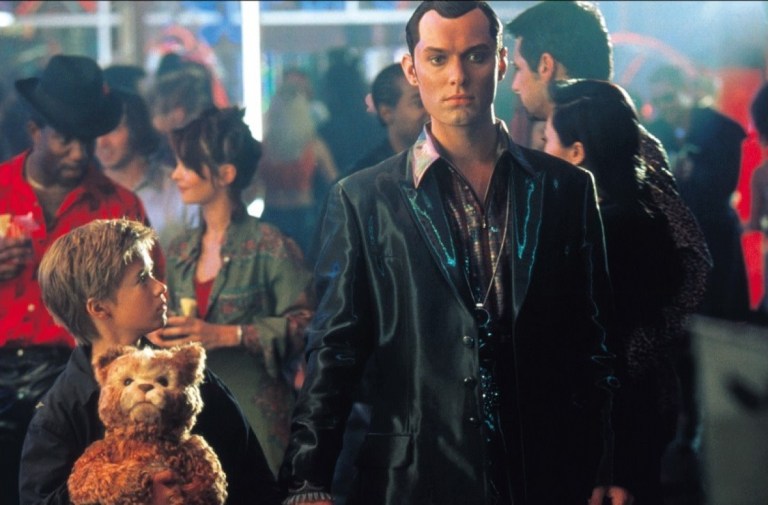
Teddy steals the show, but wins no honors for verisimilitude. When kids today interact with A.I., they’re most likely talking to Alexa through something like a chunky black Echo Dot disc. Cute? Maybe if you’re a hockey net.
RIGHT: People will use AI to get off
Austin Powers: International Man of Mystery (1997) may have played sexy robots for laughs, but just about every major technological breakthrough — the telephone, the car, the alkaline battery — has been used early and enthusiastically for carnal pleasures.

Spike Jonze’s Her contains the most sophisticated treatment of sexual chemistry between a human and an artificial intelligence (including the potential complications of consummating the connection), but numerous other filmmakers have, so to speak, gone there. In most cases, the artificial intelligence being lusted after has a comely physical form: Blade Runner (1982), Ex Machina (2014), the original Westworld (1973).

The trope goes as far back as Fritz Lang’s pioneering sci-fi silent Metropolis (1927), where a humanoid robot clone gets her tits out for some reason that’s never fully explained. Real-life robots haven’t quite caught up with those fervid fantasies, but artificial intelligence will happily generate celebrity porn, veering straight into a zone of moral concern that Metropolis foreshadowed: the sexy semi-nude robot in that movie is a likeness of a real woman, who has no say in her body being used as a model for machine-made stimulation.
WRONG: AI will be horny
There’s a fine line between artificial intelligence being intrinsically horny and being programmed to seem that way — but just as clients love to convince themselves prostitutes are in it for the nookie, filmmakers like to imply that when A.I. reaches a certain level of sophistication, it just naturally starts to desire a good sloppy encounter with some human being’s private parts.
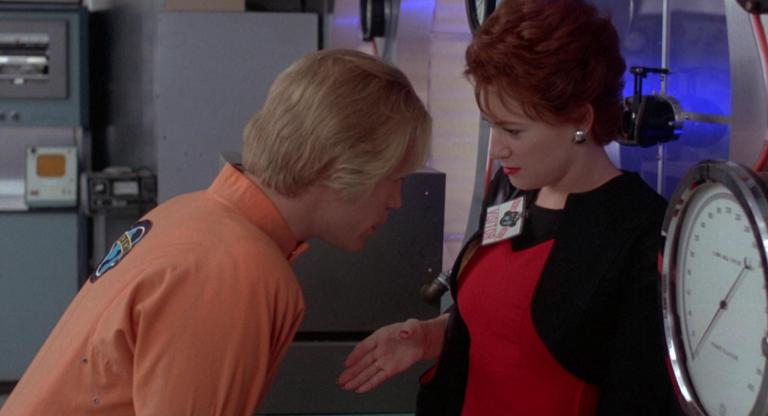
Perhaps uncoincidentally, one of the best examples of this is the rare movie about a male sexbot: Making Mr. Right (1987). A satire directed by Susan Seidelman, it has an android (John Malkovich) falling in love with a publicist (Ann Magnuson) hired to “humanize” him. He just wants to please, and finally gets the opportunity.
As of yet, there are no indications that real-life artificial intelligences inherently desire a love connection. If and when the sexbots do get genuinely aroused, it may well be for each other. Some people, no doubt, will just want to watch.
RIGHT: AI will speak in commercial slogans
’80s movie makers loved the idea that an artificial, perhaps alien, intelligence would absorb Earth’s commercial culture and communicate in catch phrases borrowed from advertising and pop culture. See: Flight of the Navigator (1986), Short Circuit (1986), Transformers: The Movie (1986 yet again).
What sci-fi missed was the fact that the process would go in the other direction: instead of just parroting existing ad copy, real-world artificial intelligence is being put to work creating it. To get a more accurate sense of how this works, toss aside those VHS tapes and pop in a DVD of Minority Report (2002). As Tom Cruise’s character moves through a commercial corridor, targeted ads address him directly. “John Anderton!” cries one ad. “You could use a Guinness right about now.”

We can expect A.I. to get much smarter about targeted advertising, very soon. Consider everything Instagram already knows about your interests, and imagine that information programmed into ad copy — even a voice or animated character — who can speak directly to your needs.
“John Anderton! You could use a non-alcoholic Guinness right now, because you’re doing Dryuary. Simply murmur assent, and the beer drone will be at your door shortly. You know what they say: Guinness is good for you!”
WRONG: AI won’t fake celebrity likenesses
There’s a certain awkwardness to handling the topic of celebrity within a movie, since movies star real-life celebrities pretending to be fictional, usually non-famous, people. The concept of deepfakes is also an uncomfortable one for Hollywood, where the use of artificial intelligence to simulate human actors was recently a central topic in a labor action. Still, it’s striking just how badly Hollywood whiffed on predicting the speed with which people, given access to artificial intelligence, would use it to make celebrity likenesses do their bidding.

To take just one example, consider Weird Science (1985), in which two teenage boys use a home computer to turn a Barbie into a living, breathing composite of a hot ’80s lady. As comely as Kelly LeBrock is in the role, you know that in real life those guys would have very specifically generated Elle MacPherson — or, even creepier, cloned one of the girls at their school.
RIGHT: AI will be gendered
As anyone who’s ever spent time pushing a baby around town in a stroller knows, people have an almost existential need to gender something before feeling able to interact with it. It’s not at all surprising, then, that although gender is fundamentally meaningless with respect to the nature of an artificial intelligence, filmmakers have gendered A.I. from the beginning.

Depressingly, filmmakers were also prescient about gendered A.I.s being segregated by role. Artificial intelligences that actually fly through space (Max in Flight of the Navigator), run worlds (the MCP in Tron), or kick ass (The Terminator, 1984) have overwhelmingly tended to be male. Only when cinematic A.I.s have been designed for sex (see above) or housework (see the 1999 Disney Channel movie Smart House) have they tended to be female.

It took until 2022 to get a genuinely genderless A.I. character in a major motion picture: The Entity, in Mission: Impossible — Dead Reckoning Part One. In the real world, meanwhile, our A.I. personal assistants are gendered female (Alexa, Siri, Google, Cortana), while A.I. that’s meant to seem impressively intelligent (IBM’s Watson, Ask Jeeves) presents as male.
When Deep Blue, the non-gendered chess computer, defeated grandmaster Garry Kasparov in 1997, editorial cartoons compared the program to male athletes, male coaches, and businessmen. One cartoon at the time had the presumably male Deep Blue falling in love with a presumably female vacuum. “Oh, come on,” says a male technician to the computer, “you have enough problems with showing signs of intelligence.”
WRONG: We’ll be able to upload our brains to AI
It was an understandable, even noble dream. Why wouldn’t an artificial intelligence be interchangeable with your own? Extra storage space, convenient immortality — with a side of existential debate, if your brain also remains functional in your original body.
Hollywood’s sentimental side loves to use the brain upload as a way to keep loved ones alive, or bring them back from the dead. The work never stops for the mother of Keanu Reeves’s title character in Johnny Mnemonic (1995), who lives on as an A.I. to help her son after her demise. Earlier versions of this trope had characters enter video games (Tron) or mechanize entirely (Ghost in the Shell, 1989). The Lawnmower Man (1992) played the concept for horror.
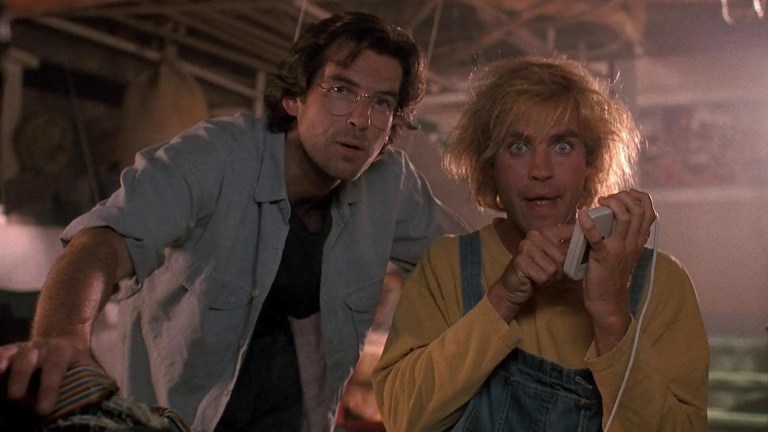
Brain uploading is still far from becoming a practical reality, but brace yourself: scientists are already debating the merits of competing approaches in which the original brain would be retained, replaced, or deleted.
RIGHT: AI will be controlled by giant corporations
Creative types, who have long felt stifled by The Man, saw this one coming a mile away. While today’s tech campuses may not much resemble the imposing boardrooms where power tends to be concentrated in the movies, the idea that the technology would be developed and hoarded by giant corporations with a profit motive has been common throughout the history of science fiction.
Who developed RoboCop (1987) and other, less sympathetic, artificial peacekeepers? Omni Consumer Products. Who sent the android Ash to retrieve Alien (1979) weaponry, human casualties be damned? The Weyland-Yutani Corporation. Who unleashed Skynet in The Terminator? Cyberdyne Systems.

The list goes on, artificial intelligences having a complicated range of relationships with their megabucks manufacturers. The tension reached an apotheosis in Blade Runner, wherein Rutger Hauer’s replicant delivered a climactic monologue musing on the poignance of the short-lived existence he was granted by the Tyrell Corporation.
In that movie as in others, the creations ultimately turn on their creator. If today’s A.I. executives seem a little concerned, well, they probably should be.
Further reading:
